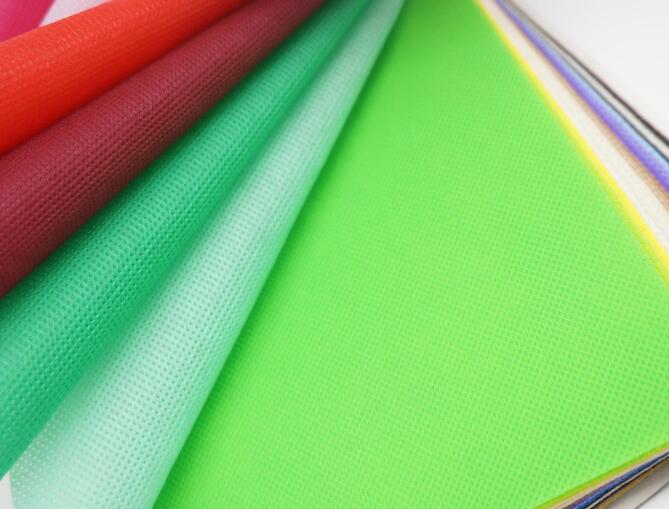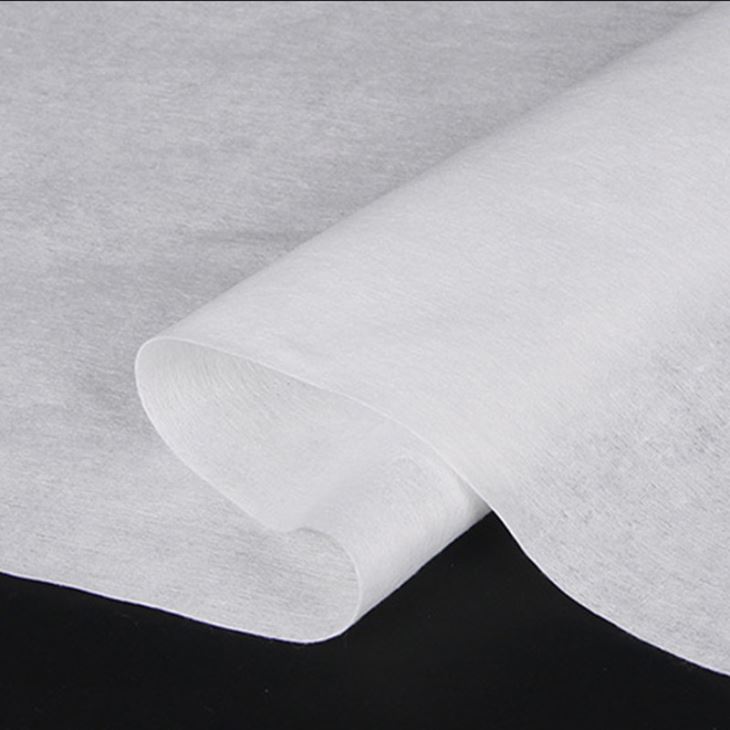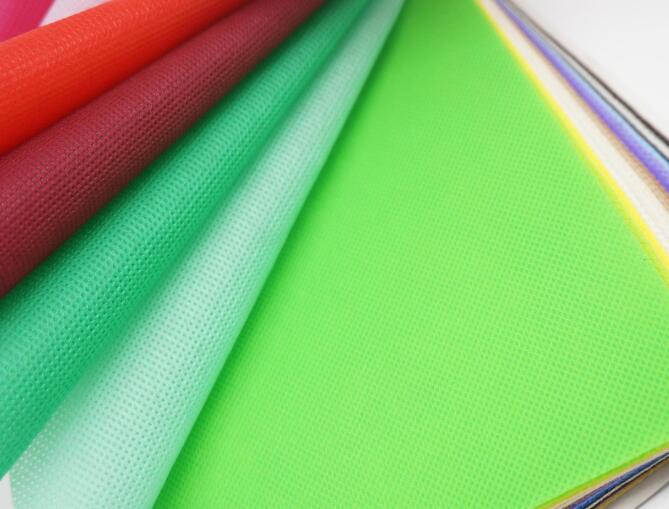
Non-woven fabric, also known as non-woven fabric, is composed of directional or random fibers. It is a new generation of environmentally friendly materials. It is moisture-proof, breathable, flexible, light, non-combustible, easy to decompose, non-toxic and non-irritating, rich in color, and price Low-cost, recyclable and other characteristics. For example, polypropylene (PP material) pellets are often used as raw materials, and they are produced by a continuous one-step method of high-temperature melting, spinning, laying, and hot-pressing. It is called cloth because of its appearance and certain properties.
We may have heard of PP non-woven fabric and spunlace non-woven fabric occasionally? So what is the difference between the two?
PP non-woven fabric means that the raw material of the non-woven fabric is PP, and the spunlace non-woven fabric refers to the production process. The main difference between the two is reflected in the process flow. The fabrics made are not essentially different.
In fact, non-woven fabrics can be divided into many types from the technological process, because of their own advantages, they are widely used in agriculture and industry. Especially the application of non-woven fabrics in medical and health.
Spunlace non-woven fabrics are sprayed onto one or more layers of fiber webs through high-pressure water and fine water jets to make the fibers entangled with each other, so that the fiber webs can be reinforced and have a certain strength. The raw materials of spunlace non-woven fabrics are more expensive, and the fabric surface is more delicate. It is widely used in the fields of hygiene, medical, beauty, and chemical protection.

With the opening of national policies and the trend of aging population, the future development of non-woven fabric industry will have a good momentum. Although seemingly unrelated issues, they are actually inextricably linked.
On the one hand, in the face of the aging population, medical and social services will face great pressure, which will correspondingly drive the consumption of medical and sanitary materials. The expenditure of the elderly on medical and sanitation is also quite a large number. At present, the number of elderly people over 60 in China has exceeded 200 million. The immunity and resistance of the elderly are generally low. Therefore, the corresponding demand for basic protective consumables has increased, especially disposable environmental protection masks, surgical gowns, surgical caps, and wounds. Nursing and so on. These expanding demands will cause inflation of medical and sanitary materials. At present, the raw materials of disposable medical and sanitary materials mainly come from non-woven fabrics, so the non-woven fabric industry will also be driven in disguise.
On the other hand, the country has opened up its three-child policy, and the market demand for maternal and child products has expanded. Since the three-child opening policy, the number of newborns has continued to increase, and the market demand for some baby hygiene products and feminine hygiene products has indirectly driven the development of the non-woven fabric industry.
In addition, as a new generation of environmentally friendly materials, non-woven fabrics are not only used in medical treatment. It is believed that the future development prospects of the non-woven fabric industry are immeasurable.

<< previous
next >>